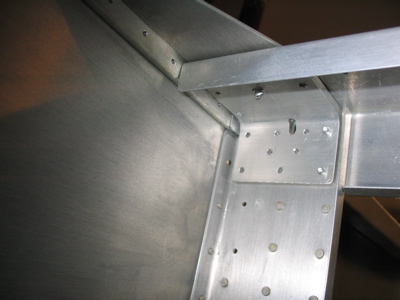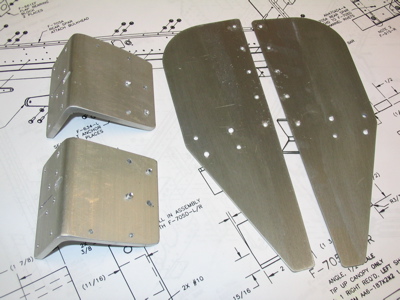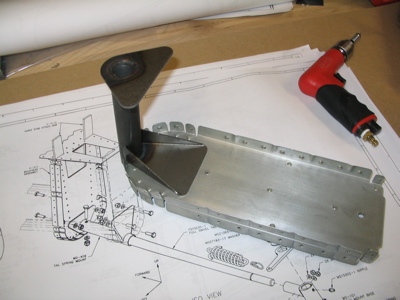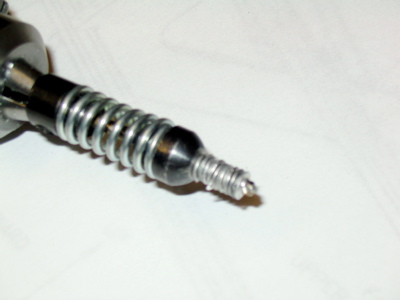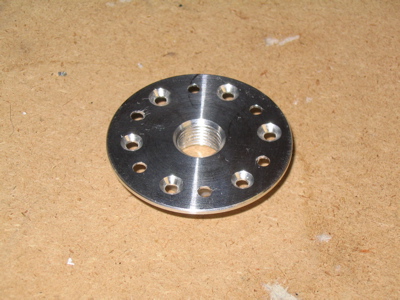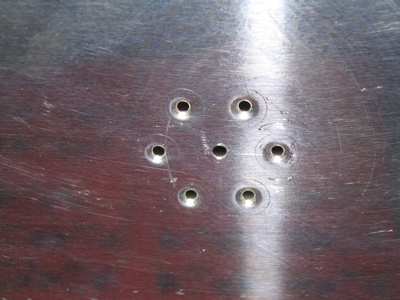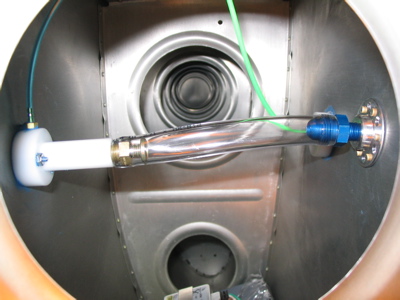Bah! I've been too tired and/or busy to work on the plane for a week. The cold weather hasn't helped my motivation much either. I haven't been totally slacking, though – last week I completed my instrument cross-country flight, which puts me that much closer to finishing the instrument ticket.
Anyway, tonight I started working on the fuselage a bit. I still have to finish the wing bottom skins and the fuel tank covers, but that's work than can be done whenever I feel like it. Meanwhile, the wings are parked in the corner of the garage while I mess with the fuselage.
I started by removing all the interior panels that can be unscrewed, and drilling out the temporary pop rivets that were holding the baggage floors in place. I also decided to remove the seat pans, which involved drilling out a few solid rivets as well. This is mostly for peace of mind after reading this forum thread from a guy who discovered rusty tools left inside his quickbuild fuselage! I didn't find anything in there, though, other than a bunch of packing foam detritus and some drill shavings, mostly of my own making:
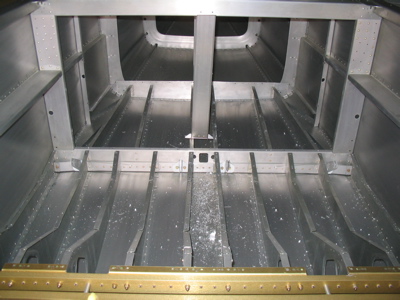
I'll re-attach the seat pans once I've inspected the seat belt anchors and run electrical conduit for later use. I think I'll also go the route that some folks have taken and install the baggage floors with screws and nutplates instead of blind rivets – that way I can put stuff like the strobe power supplies under there and still have access later.
Here's a big pile of the stuff I removed:
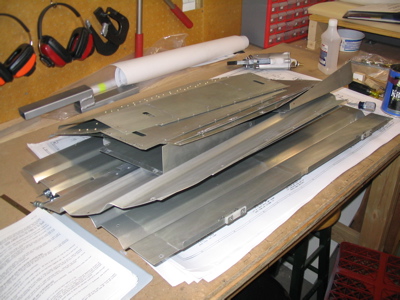
After attacking the mess with the shop vac, it's a lot cleaner in there:
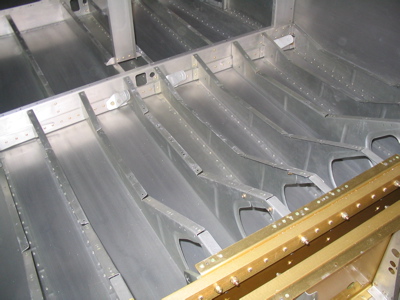
I found a couple spots in the bottom of the fuselage that were encrusted with some salty-looking gunk, probably from condensation during the overseas shipment:
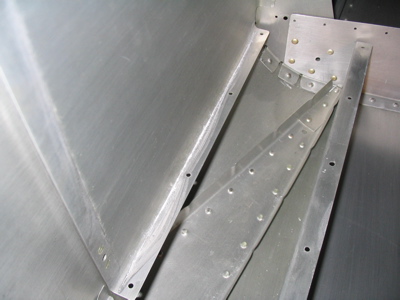
This one was kind of funny, just a single little spot where a drop of salt water must have fallen:
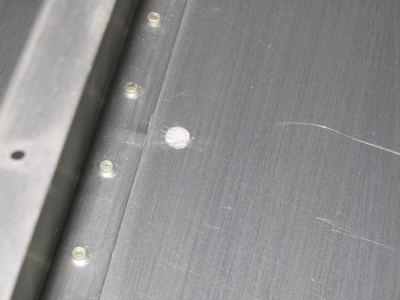
I cleaned them off with a scotchbrite pad and verified that it was just gunk sitting on top of the primer, not corrosion on the metal.
Tomorrow's task will be to continue going through the plans, checking off the steps that've already been done during the quickbuild assembly. Should be a lot easier now that I can get to the stuff that was underneath all those panels.
